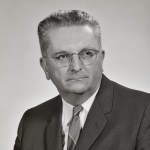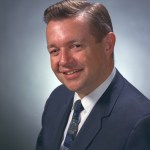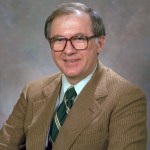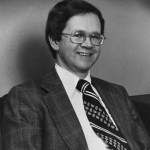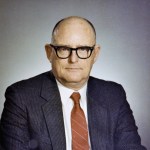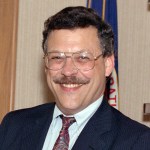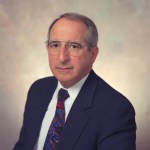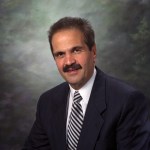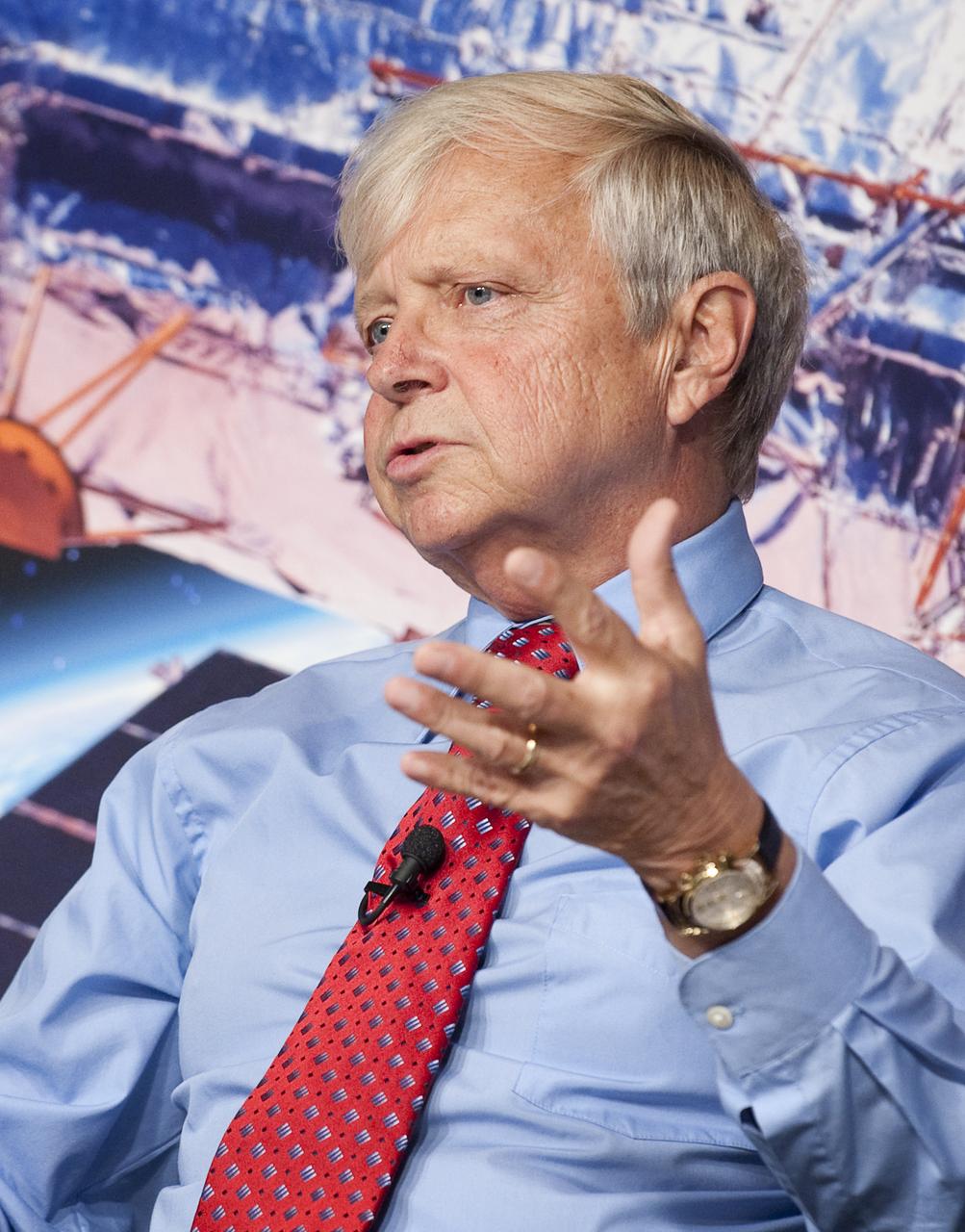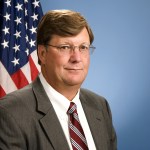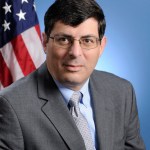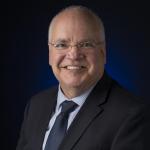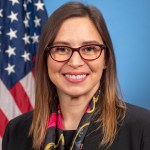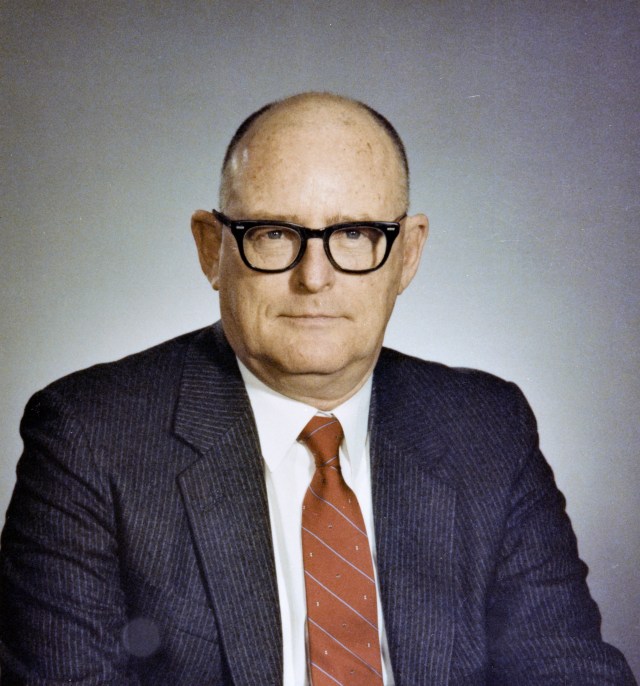
Dr. John W. Townsend
Former Director, Goddard Space Flight Center (1987–1990)
John W. Townsend was a rocket and satellite pioneer who was influential in creating the first meteorological, communications, and Earth viewing satellite systems.
“Jack Townsend was truly one of the seminal figures in the history of NASA, and certainly, in the history of Goddard,” said then-Goddard Director Rob Strain when Townsend passed in 2011. “The story of the space program simply could not be written without a chapter devoted to him. He dedicated his life to the exploration of space and the study of our planet, and humankind is richer for the knowledge he helped generate.”
Townsend earned his Bachelor of Arts, Masters of Arts, and an Honorary Doctor of Science in physics from Williams College in Williamstown, Massachusetts.
Starting in 1949, he served with the U.S. Naval Research Laboratory as a research physicist instrumenting V-2, Viking, and Aerobee sounding rockets for upper air research. When NASA was created in 1958, he transferred with his branch and the Vanguard Project into the new agency, becoming chief of its Space Sciences Division.
He helped form NASA’s Goddard Space Flight Center, and came to the newly-formed space research center in 1959 as its assistant director, Space Science and Satellite Applications. He was named deputy director of Goddard Space Flight Center in 1965 and continued to serve in that capacity until 1968.
In 1968, President Lyndon B. Johnson appointed him the deputy administrator of the Environmental Science Services Agency, the predecessor agency to the National Oceanic and Atmospheric Administration (NOAA). In 1970, President Richard M. Nixon appointed him to the post of associate administrator of NOAA, and he remained in that position until 1977.
He was president of Fairchild Industries Space Division, and held senior executive positions at Fairchild, including executive vice president from 1977 to 1987. After the space shuttle Challenger accident in 1986, he returned to NASA at the request of then-Administrator James Fletcher and served essentially as general manager until the space shuttle safely returned to service. He retired in 1990 after almost three years as director of NASA’s Goddard Space Flight Center.
Townsend’s illustrious career included a number of important accomplishments. He was one of a three-man presidential commission charged with negotiating the first peaceful uses of outer space programs with the Soviet Union.
He chaired the National Research Council’s Space Application Board and led many influential studies for the National Academies and other organizations, including the seminal Low-Altitude Wind Shear and Its Hazard to Aviation.
In 1975, he was elected to the National Academy of Engineering for his work in developing meteorological polar and geostationary satellite systems.
During his career, he served on many influential panels and committees, including the International Academy of Astronautics, the NASA Advisory Council, the National Academy of Engineering, the National Research Council’s Space Applications Board, and the Office of Technology Assessment’s Advisory Board Panel on International Cooperation and Competition in Civilian Space Activities.
He was a fellow of the American Institute of Aeronautics and Astronautics, the American Meteorological Society, and the American Association for the Advancement of Science.
Among the many awards he received during his lifetime were the Arthur S. Fleming award, NASA’s distinguished service award twice, and the NASA outstanding leadership medal, the Edward A. Flinn III award of the American Geophysical Union, the Navy Department Meritorious Civilian Service award, and other honors.
He was a World War II veteran and flew radar countermeasures aboard B-29s in the Pacific Theater. He was a live steam railroader, an orchid hobbyist, sailor, and, for more than 65 years, a ham radio operator.



























